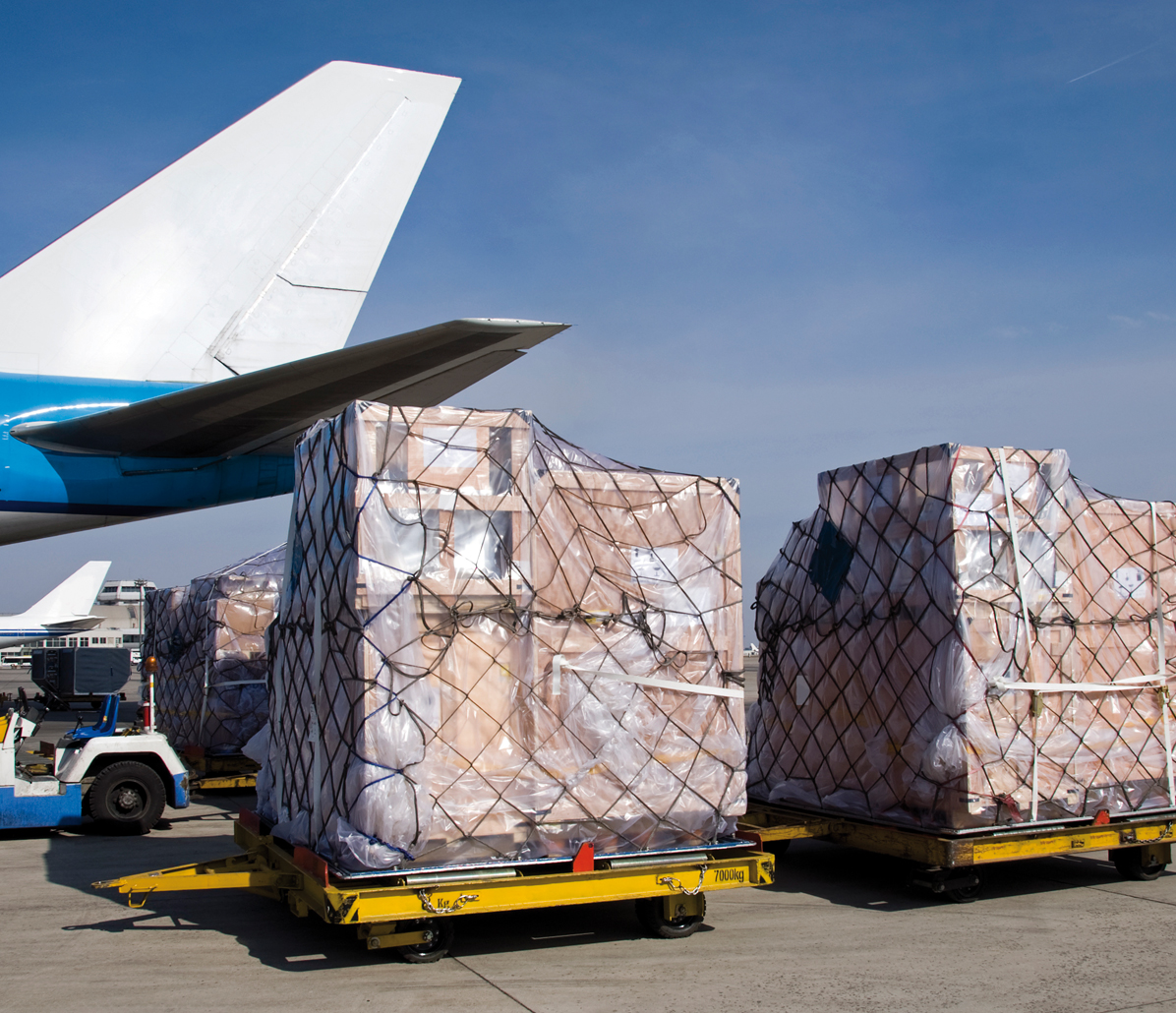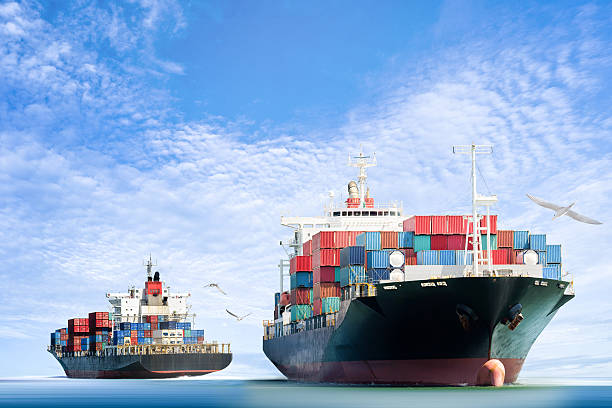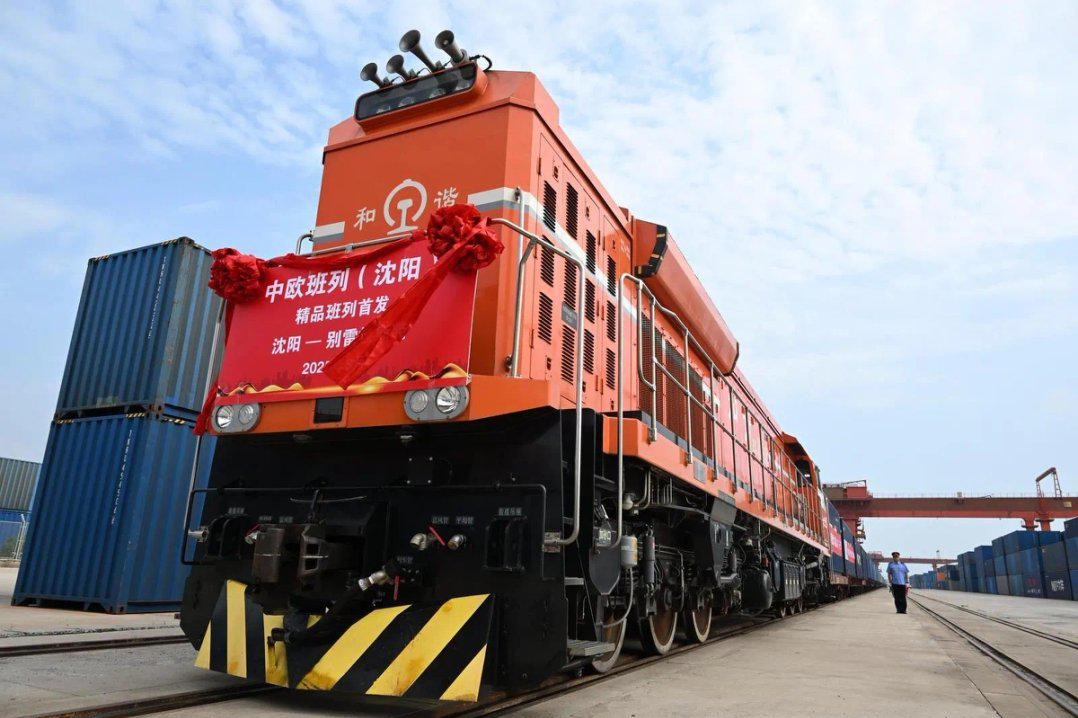
Moving goods efficiently between China and Europe requires speed, certainty, and compliance. Professional air freight from Shenzhen to Italy provides dependable transit times, reduced risk, and tailored solutions for businesses shipping urgent or high-value cargo. Although every shipment is different, this guide explains how to plan costs, manage customs, and choose the right logistics mode.
1. What Makes Professional Air Freight from Shenzhen to Italy a Reliable Choice?
Air freight earns its reputation because it minimizes delays, ensures predictable delivery schedules, and offers consistent handling quality. Moreover, businesses gain access to flexible flight options from Shenzhen Airport to major Italian hubs such as Milan Malpensa, Rome Fiumicino, and Bologna. Additionally, cargo owners appreciate that air solutions reduce inventory pressure, support just-in-time supply chains, and simplify import workflows.
2. How Much Does Air Freight from Shenzhen to Italy Usually Cost?
Prices depend on weight, volume, flight routes, cargo category, fuel conditions, and seasonal demand. Furthermore, freight forwarders use chargeable weight formulas to determine billable costs, meaning dimensional weight may affect your invoice.
| Chargeable Weight | Economy Air Freight | Standard Air Freight | Express Air Freight |
|---|---|---|---|
| 45–100 kg | $4.8 – $6.2/kg | $6.5 – $8.0/kg | $9.5 – $12.0/kg |
| 100–300 kg | $4.2 – $5.5/kg | $6.0 – $7.2/kg | $9.0 – $11.5/kg |
| 300+ kg | $3.8 – $4.8/kg | $5.5 – $6.8/kg | $8.5 – $10.5/kg |
3. Which Transit Times Should You Expect When Shipping from Shenzhen to Italy?
Transit speed is one of the strongest advantages of air cargo. Flights from Shenzhen to Italy reach their destinations quickly, especially when businesses choose direct or priority services. Although indirect flights may take longer, they still outperform sea and rail alternatives.
| Transport Mode | Average Transit Time | Reliability Level | Best Use Case |
|---|---|---|---|
| Air Freight | 3–7 days | Very High | Urgent goods, high-value cargo |
| Rail Freight | 20–28 days | Medium | General commercial freight |
| Sea Freight | 30–40 days | Medium-Low | Large-volume, non-urgent cargo |
4. What Documents Are Required for Air Freight into Italy?
Although paperwork varies by commodity type, import procedures follow EU regulations. Therefore, accurate documents prevent customs delays and unnecessary penalties.
| Document | Purpose |
|---|---|
| Commercial Invoice | Declares cargo value and trade details |
| Packing List | Shows cargo breakdown and dimensions |
| Air Waybill | Acts as the transport contract |
| HS Codes | Determines customs duty and VAT |
| Certificate of Origin | Required for certain goods |
| MSDS | Mandatory for batteries or chemicals |
5. How Do Businesses Choose the Right Air Freight Service Level?
Choosing a suitable service requires assessing urgency, cost tolerance, risk management, and cargo characteristics. Furthermore, supply chain managers must consider seasonal fluctuations such as Chinese New Year, Black Friday, and European holiday periods.
| Service Type | Speed | Cost | Suitable Cargo |
|---|---|---|---|
| Standard Air Freight | 5–7 days | Medium | Electronics, textiles |
| Priority Air Freight | 3–5 days | High | Spare parts, urgent orders |
| Express Courier | 2–4 days | Very High | Small parcels, eCommerce |
| Economy Air | 7–10 days | Low | Non-urgent B2B cargo |
6. What Real Shipping Cases Show the Efficiency of Shenzhen–Italy Air Freight?
Case Study 1 — Electronics (Shenzhen → Milan Malpensa)
Cargo: 180 kg consumer electronics
Mode: Standard air freight
Cost: $6.1/kg
Transit Time: 4 days
Outcome: Fast customs clearance and stable delivery ensured smooth inventory flow.
Case Study 2 — Fashion Accessories (Shenzhen → Rome Fiumicino)
Cargo: 75 kg luxury accessories
Mode: Priority air freight
Cost: $7.4/kg
Transit Time: 3 days
Outcome: Delivered on time for Italy’s seasonal promotion launch.
Case Study 3 — Auto Spare Parts (Shenzhen → Bologna)
Cargo: 260 kg metal parts
Mode: Economy air freight
Cost: $4.2/kg
Transit Time: 6 days
Outcome: Balanced cost and speed, suitable for industrial restocking schedules.
7. Why Should Companies Use Air Freight Instead of Sea or Rail for Italy?
| Mode | Advantages | Disadvantages |
|---|---|---|
| Air Freight | Fastest speed, high security, stable schedules | Higher cost, limited space |
| Rail Freight | Balanced price and time | Not suitable for urgent goods |
| Sea Freight | Lowest cost for bulk cargo | Slow, prone to delays |
8. How Do You Ensure Smooth Customs Clearance in Italy?
Smooth clearance requires correct HS codes, accurate invoices, and proper classification. Furthermore, companies should verify CE compliance for electronics, follow packaging rules for batteries, and ensure VAT declarations are accurate.
Additionally, freight forwarders often assist importers with tariff checks, inspections, and pre-arrival documentation to prevent unnecessary delays.
Request a Quote
FAQ
1. What is the ideal cargo size for cost-efficient air freight to Italy?
Shipments between 45–300 kg provide the best balance of rate and speed when shipping air freight from China to Italy.
2. How do I lower the chargeable weight for my Italy shipment?
Use tight packaging, optimized carton sizes, and reduced empty space to minimize volumetric weight for Italy-bound air cargo.
3. Are batteries allowed in air freight from Shenzhen to Italy?
Yes, lithium batteries require UN38.3, MSDS, and proper labels to comply with EU aviation standards and avoid delays.
4. Which Italian airports are most efficient for air cargo?
Milan, Rome, and Bologna typically offer smoother processing, adequate equipment, and faster customs inspections.
5. Does Italy require special documents for branded goods?
Trademark authorization may be required for branded imports due to strict EU anti-counterfeit regulations.
6. How can businesses avoid customs delays in Italy?
Submit correct HS codes, declare accurate values, and prepare complete documents before cargo arrival to avoid delays.
7. Is air freight suitable for temperature-sensitive goods?
Yes, pharmaceuticals and perishable cargo benefit from professional cold-chain air freight services for Italy shipments.
8. What industries most benefit from China–Italy air freight?
Electronics, fashion, auto parts, machinery, and medical sectors rely heavily on stable China–Italy air transportation.
Conclusion
In summary, professional air freight from Shenzhen to Italy ensures excellent speed, strong cargo security, and smooth customs compliance. Because air transport supports urgent commercial demand and reliable supply chains, it remains the preferred method for time-sensitive and high-value goods.



